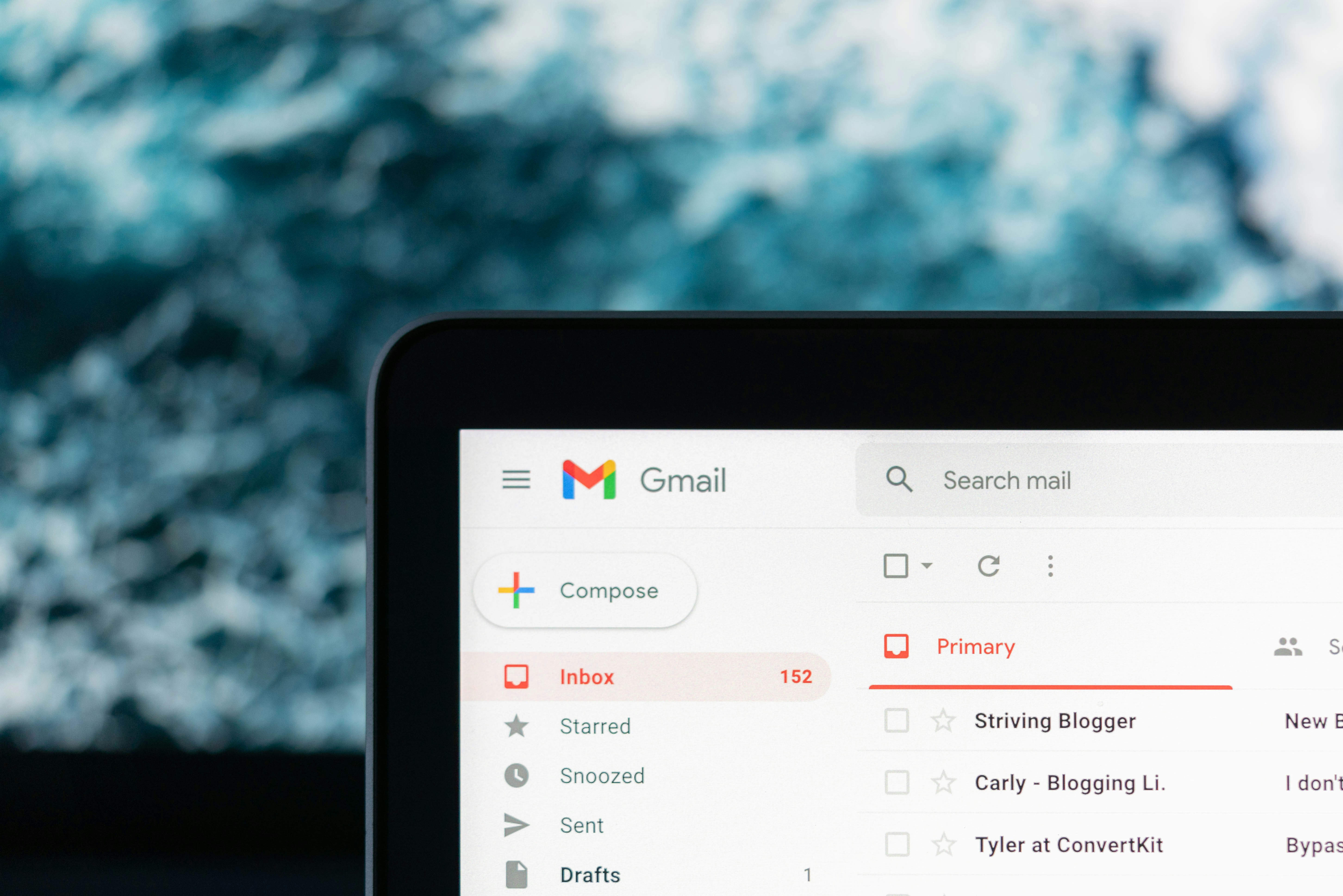Work sheet
Brain Dump
How to price yourself as a freelancer
Work sheet
Brain Dump
How to price yourself as a freelancer
Work sheet
Brain Dump
How to price yourself as a freelancer



One big thing most freelancers are struggling with is how to price themselves. And most of the time people tend to undersell themselves and don’t charge enough 🫠
But I also understand that, especially when you get started, your main focus will be to land a client. And often, your main selling point will be that you’re more affordable than others. At least if you don’t have much leverage on why they should hire you compared to another freelancer offering the same service.
And there’s nothing wrong with this approach, especially in today’s market. As long as you don’t forget to increase your prices over time.
Once you have more clients and experience under your belt, your leverage will no longer have to be that you’re the most affordable, but maybe you’re having a fast turnover, or really good quality or worked for brands that give you a lot of leverage.
But also, you don’t want to be the cheapest option. When you’re in a restaurant, nobody orders the cheapest wine, people order the 2nd cheapest - at least that’s what my friends and I do who have no idea about wine 😅
Your pricing will affect how people perceive you. So only use the “pick me because I’m affordable”-approach if you have no experience in the services you offer.
How much should I charge?
There’s so many things to consider when it comes to pricing yourself:
Your experience
The value your client will get
Your investment (how much does it cost you to be able to deliver the service?)
Supply vs demand
Your competition
Probably a bunch of other things I forgot to list.
And on top of that, there’s so many different ways on how you can charge your clients for your freelance services.
Project based
Retainer fees
Daily & hourly rates
Value based (this one is amazing if you get it right, but it’s tricky to explain to your client how you came up with the rate, so we’ll leave this one for another time)
In this blog article we’ll talk about how you can price yourself based on a daily & hourly rate. This is the easiest to understand for most clients.
And also, what is the minimum you need to charge to sustain yourself.
Remember: Don’t just charge for your time
You’re not just charging the client for the time you spent executing whatever service they hire you for. You also charge them for the time it took you to gain those skills. AND you have to cover your own costs: Your software, your laptop, your electricity bill, material costs. Those don’t pay for themselves.
For example: If you’re a UX Designer, you’ll have to cover your costs for Figma, your website hosting or any other running costs.
But you don’t have to do much maths to figure out how much to charge. I’ve created an easy-to-use calculator so you can define how much you need to charge. Of course, you can always charge more than that, but this will be the minimum to cover your costs.
How to use the calculator template
Create a copy of the google sheets document
Adjust the values in the yellow cells to match your minimum (or ideal) income.
Adjust the tax rate if it’s more than 20%, based on wherever you are a tax resident.
Note: Those prices are rough estimates. Make sure your buffer covers any costs you accrue for your services.
Brownie points
Have a look at what your competition is charging. See what the industry standard is. Just as an example: As a freelance UX Designer in the UK, it’s pretty normal to charge £350/day. That was the initial day rate I had with only 2 years experience as a UX Designer back in 2019.
So I always recommend people not to charge less than that. But of course, it’s for you to decide what the minimum is you want to earn.
And if you’re a junior and you want to get more experience, it’s okay to charge less to get a foot in the door. Just remember to increase your rates in the future 🤫
👩🏻💻 Free Guide
The exercise described in this blog article is one of the steps of my free guide for people who want to create a work life that works for them.
One big thing most freelancers are struggling with is how to price themselves. And most of the time people tend to undersell themselves and don’t charge enough 🫠
But I also understand that, especially when you get started, your main focus will be to land a client. And often, your main selling point will be that you’re more affordable than others. At least if you don’t have much leverage on why they should hire you compared to another freelancer offering the same service.
And there’s nothing wrong with this approach, especially in today’s market. As long as you don’t forget to increase your prices over time.
Once you have more clients and experience under your belt, your leverage will no longer have to be that you’re the most affordable, but maybe you’re having a fast turnover, or really good quality or worked for brands that give you a lot of leverage.
But also, you don’t want to be the cheapest option. When you’re in a restaurant, nobody orders the cheapest wine, people order the 2nd cheapest - at least that’s what my friends and I do who have no idea about wine 😅
Your pricing will affect how people perceive you. So only use the “pick me because I’m affordable”-approach if you have no experience in the services you offer.
How much should I charge?
There’s so many things to consider when it comes to pricing yourself:
Your experience
The value your client will get
Your investment (how much does it cost you to be able to deliver the service?)
Supply vs demand
Your competition
Probably a bunch of other things I forgot to list.
And on top of that, there’s so many different ways on how you can charge your clients for your freelance services.
Project based
Retainer fees
Daily & hourly rates
Value based (this one is amazing if you get it right, but it’s tricky to explain to your client how you came up with the rate, so we’ll leave this one for another time)
In this blog article we’ll talk about how you can price yourself based on a daily & hourly rate. This is the easiest to understand for most clients.
And also, what is the minimum you need to charge to sustain yourself.
Remember: Don’t just charge for your time
You’re not just charging the client for the time you spent executing whatever service they hire you for. You also charge them for the time it took you to gain those skills. AND you have to cover your own costs: Your software, your laptop, your electricity bill, material costs. Those don’t pay for themselves.
For example: If you’re a UX Designer, you’ll have to cover your costs for Figma, your website hosting or any other running costs.
But you don’t have to do much maths to figure out how much to charge. I’ve created an easy-to-use calculator so you can define how much you need to charge. Of course, you can always charge more than that, but this will be the minimum to cover your costs.
How to use the calculator template
Create a copy of the google sheets document
Adjust the values in the yellow cells to match your minimum (or ideal) income.
Adjust the tax rate if it’s more than 20%, based on wherever you are a tax resident.
Note: Those prices are rough estimates. Make sure your buffer covers any costs you accrue for your services.
Brownie points
Have a look at what your competition is charging. See what the industry standard is. Just as an example: As a freelance UX Designer in the UK, it’s pretty normal to charge £350/day. That was the initial day rate I had with only 2 years experience as a UX Designer back in 2019.
So I always recommend people not to charge less than that. But of course, it’s for you to decide what the minimum is you want to earn.
And if you’re a junior and you want to get more experience, it’s okay to charge less to get a foot in the door. Just remember to increase your rates in the future 🤫
👩🏻💻 Free Guide
The exercise described in this blog article is one of the steps of my free guide for people who want to create a work life that works for them.
One big thing most freelancers are struggling with is how to price themselves. And most of the time people tend to undersell themselves and don’t charge enough 🫠
But I also understand that, especially when you get started, your main focus will be to land a client. And often, your main selling point will be that you’re more affordable than others. At least if you don’t have much leverage on why they should hire you compared to another freelancer offering the same service.
And there’s nothing wrong with this approach, especially in today’s market. As long as you don’t forget to increase your prices over time.
Once you have more clients and experience under your belt, your leverage will no longer have to be that you’re the most affordable, but maybe you’re having a fast turnover, or really good quality or worked for brands that give you a lot of leverage.
But also, you don’t want to be the cheapest option. When you’re in a restaurant, nobody orders the cheapest wine, people order the 2nd cheapest - at least that’s what my friends and I do who have no idea about wine 😅
Your pricing will affect how people perceive you. So only use the “pick me because I’m affordable”-approach if you have no experience in the services you offer.
How much should I charge?
There’s so many things to consider when it comes to pricing yourself:
Your experience
The value your client will get
Your investment (how much does it cost you to be able to deliver the service?)
Supply vs demand
Your competition
Probably a bunch of other things I forgot to list.
And on top of that, there’s so many different ways on how you can charge your clients for your freelance services.
Project based
Retainer fees
Daily & hourly rates
Value based (this one is amazing if you get it right, but it’s tricky to explain to your client how you came up with the rate, so we’ll leave this one for another time)
In this blog article we’ll talk about how you can price yourself based on a daily & hourly rate. This is the easiest to understand for most clients.
And also, what is the minimum you need to charge to sustain yourself.
Remember: Don’t just charge for your time
You’re not just charging the client for the time you spent executing whatever service they hire you for. You also charge them for the time it took you to gain those skills. AND you have to cover your own costs: Your software, your laptop, your electricity bill, material costs. Those don’t pay for themselves.
For example: If you’re a UX Designer, you’ll have to cover your costs for Figma, your website hosting or any other running costs.
But you don’t have to do much maths to figure out how much to charge. I’ve created an easy-to-use calculator so you can define how much you need to charge. Of course, you can always charge more than that, but this will be the minimum to cover your costs.
How to use the calculator template
Create a copy of the google sheets document
Adjust the values in the yellow cells to match your minimum (or ideal) income.
Adjust the tax rate if it’s more than 20%, based on wherever you are a tax resident.
Note: Those prices are rough estimates. Make sure your buffer covers any costs you accrue for your services.
Brownie points
Have a look at what your competition is charging. See what the industry standard is. Just as an example: As a freelance UX Designer in the UK, it’s pretty normal to charge £350/day. That was the initial day rate I had with only 2 years experience as a UX Designer back in 2019.
So I always recommend people not to charge less than that. But of course, it’s for you to decide what the minimum is you want to earn.
And if you’re a junior and you want to get more experience, it’s okay to charge less to get a foot in the door. Just remember to increase your rates in the future 🤫
👩🏻💻 Free Guide
The exercise described in this blog article is one of the steps of my free guide for people who want to create a work life that works for them.



